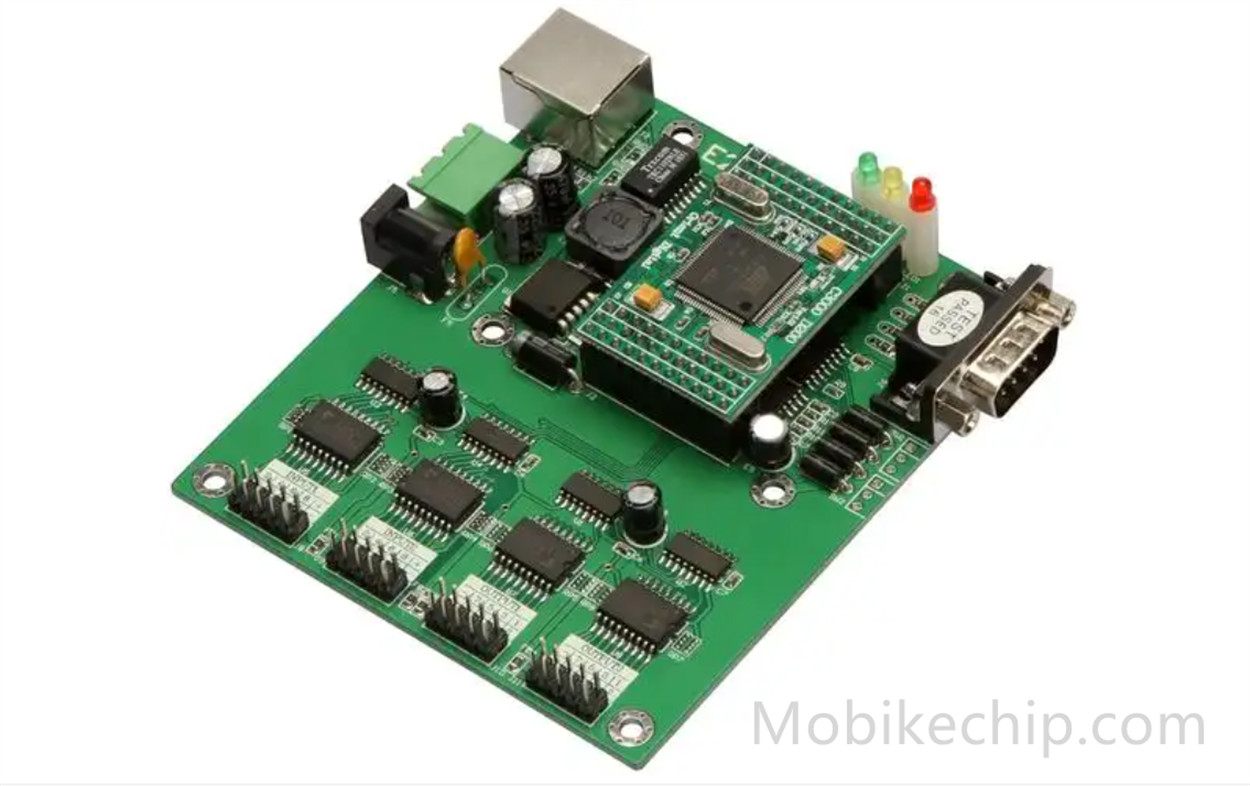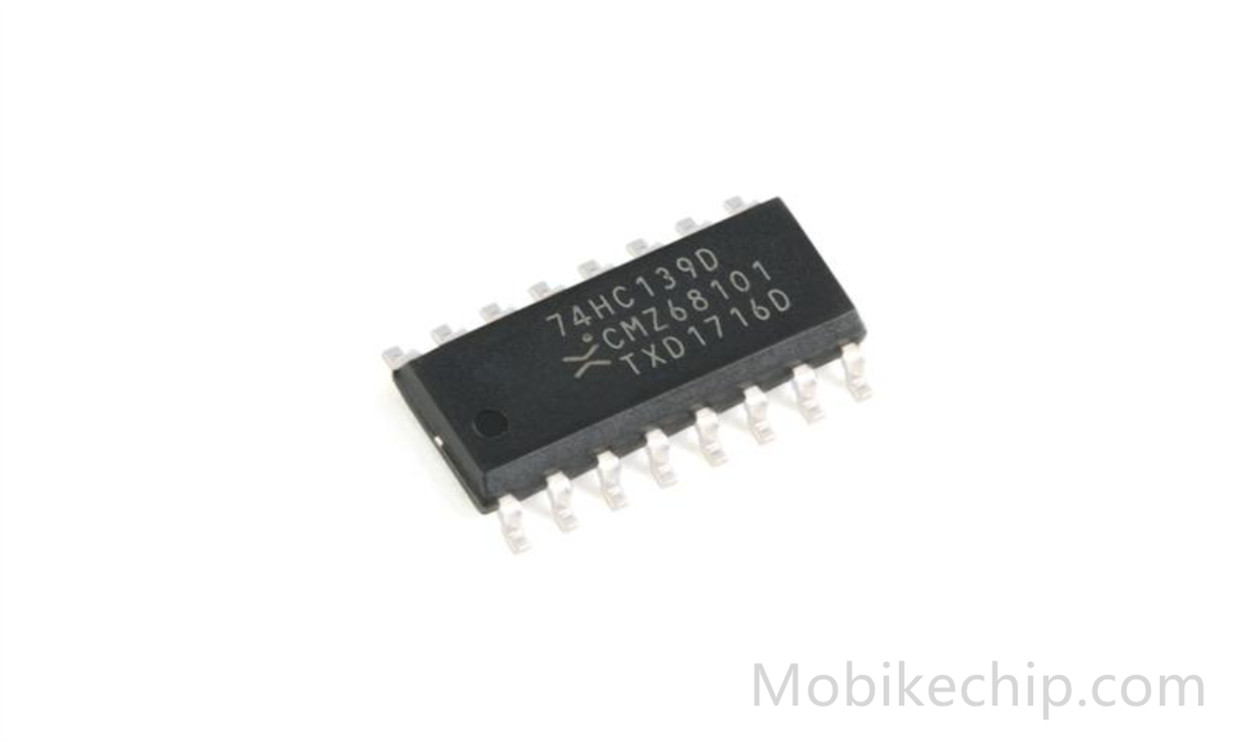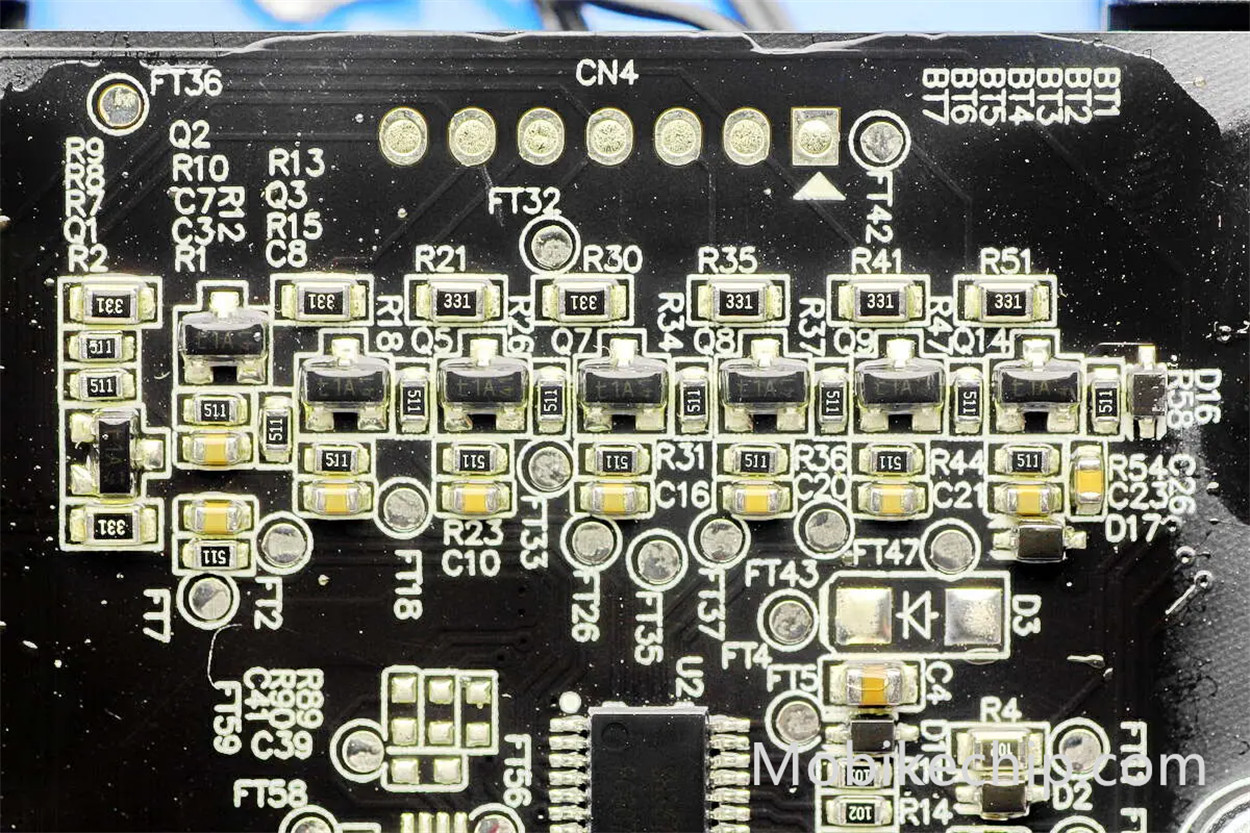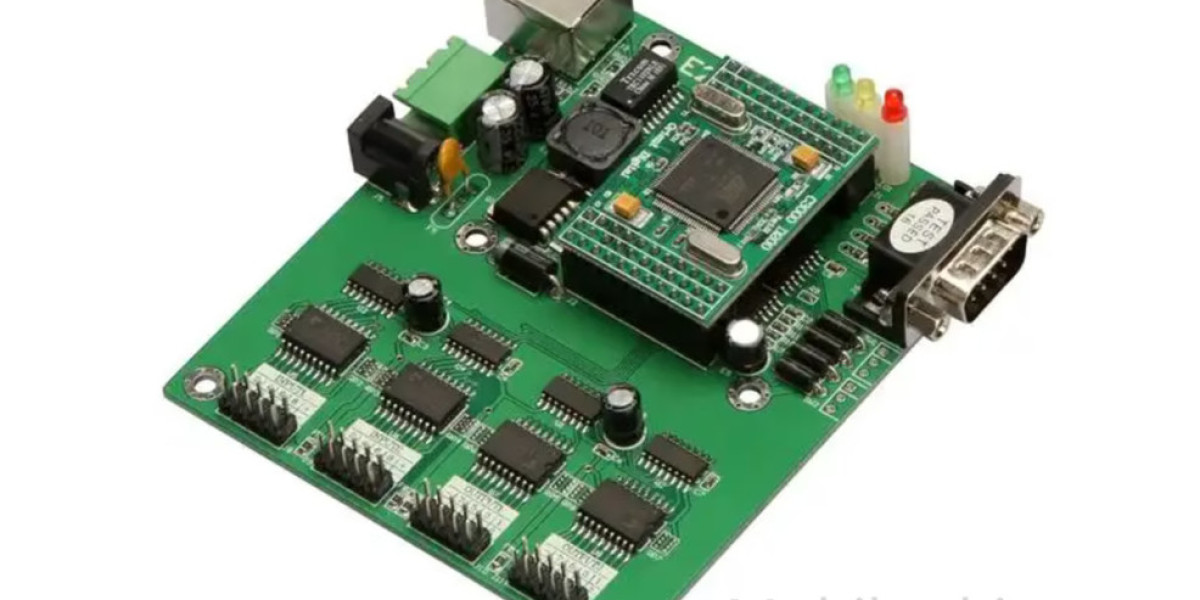Signal switches are integral to modern electronic systems, enabling the routing of signals between various components. Whether in communications, audio systems, or digital electronics, signal switches play a crucial role in ensuring that data and signals are transmitted to the correct destinations at the right time. In this article, we will explore the technical principles behind signal switch chips, their diverse applications, and the different types of signal switches available in the market.

What are Signal Switches Chips?
Signal switch chips, often referred to as signal multiplexers or crosspoint switches, are integrated circuits (ICs) that allow for the routing of electrical signals between multiple input and output lines. These switches provide the ability to control the flow of signals, enabling the selection, redirection, or blocking of signals based on system needs.
The most common types of signal switches operate in either analog or digital form, allowing them to handle a range of signal types, including audio, video, data, and RF signals. They are often used in applications where multiple devices need to be connected to a single data bus, or where a device needs to communicate with multiple peripherals in a sequential manner.
How Do Signal Switches Chips Work?
Signal switch chips work by acting as intermediaries that control the flow of electrical signals. Depending on the design of the switch, the IC may have multiple input and output pins, with each pin capable of carrying signals. These switches are controlled by logic signals that determine which input is connected to which output, ensuring that signals are routed correctly within the system.
For instance, in a typical multiplexer (MUX), several input lines feed into the chip, while the chip has one output. A control input selects one of the input lines to be connected to the output. Similarly, a demultiplexer (DEMUX) performs the inverse function, routing a single input to one of several outputs based on control signals.
Signal switches can also include features like signal amplification, isolation, or buffering, depending on the needs of the circuit. Advanced switch ICs are capable of managing high-frequency signals, supporting precise signal routing in complex communication systems.
Applications of Signal Switches Chips
Signal switches are used in a wide variety of applications where signal routing is required, from simple signal multiplexing to complex communication systems. Some of the key areas where signal switch chips are widely applied include:
1. Communications Systems
In telecommunications and networking, signal switches are essential for routing data between different communication channels or devices. They are used in everything from routers and switches to cellular base stations and satellite communication systems.
- Example: In a network switch, a signal switch chip is used to route data packets between different ports on the switch, ensuring that data flows seamlessly between devices within a network.
2. Audio and Video Systems
Signal switches are crucial for managing audio and video signals in entertainment systems, home theater setups, and broadcast equipment. These chips allow for the routing of different audio or video sources to a single output, such as connecting various media devices to a television or sound system.
- Example: In home theater systems, a signal switch chip can be used to switch between multiple input devices, such as DVD players, gaming consoles, and streaming devices, sending the selected signal to the TV or projector.
3. Embedded Systems

In embedded systems, signal switch chips are used to manage the flow of data between microcontrollers and various peripherals, such as sensors, actuators, and communication modules. These chips help ensure that only the necessary signals are transmitted at any given time, improving the efficiency of embedded applications.
- Example: A microcontroller in a sensor hub might use signal switches to communicate with multiple sensors, enabling the selection of which sensor to read based on system requirements.
4. Test and Measurement Equipment
Signal switches are also used in test and measurement equipment, where they enable the routing of signals between various test instruments and DUTs (Devices Under Test). These switches help engineers test different configurations without the need to physically change the connections, simplifying the testing process.
- Example: In an automated test system, signal switches might be used to route test signals from an oscilloscope to different parts of a circuit to analyze its performance under different conditions.
Types of Signal Switches Chips
Signal switches come in various forms, each suited to different types of signal routing tasks. Below are the primary types of signal switches chips:
1. Analog Signal Switches
Analog signal switches are designed to handle continuous signals, such as audio, video, and analog data. These switches are used when the signal integrity must be maintained without distortion or degradation.
Features:
- Supports continuous voltage or current signals
- Typically used in audio/video systems, analog-to-digital (A/D) conversions, and signal conditioning
- Can provide features such as low on-resistance, high bandwidth, and low distortion
Applications:
- Audio systems
- Video signal routing
- Analog signal multiplexing
- RF signal routing in communication devices
2. Digital Signal Switches
Digital signal switches are used to route binary signals (0 or 1) in digital circuits. These switches operate at high speeds and are typically used in logic circuits, data buses, and memory systems. They help manage the flow of data between different parts of a digital system.
Features:
- Operates with logic levels (high or low voltages)
- Supports fast switching and low power consumption
- Often integrated into larger systems with microcontrollers, FPGAs, or CPLDs
Applications:
- Digital logic circuits
- Data buses and memory systems
- Microprocessor communication
- Signal multiplexing and demultiplexing
3. RF (Radio Frequency) Signal Switches

RF signal switches are designed to handle high-frequency signals, making them ideal for use in communication systems like mobile phones, satellite systems, and wireless networks. These switches manage the routing of RF signals with minimal loss, enabling reliable communication at various frequencies.
Features:
- Supports frequencies from a few MHz to several GHz
- Designed to minimize insertion loss and signal distortion
- Typically used in power amplifiers, antennas, and transceivers
Applications:
- Mobile communication systems
- Satellite communication
- Wireless networks (Wi-Fi, Bluetooth)
- Radar systems
4. High-Speed Data Switches
High-speed data switches are capable of handling fast data transmission rates, often in the range of gigabits per second (Gbps). These switches are used in high-speed digital systems where quick data routing is necessary, such as in Ethernet networks, high-performance computing, and storage devices.
Features:
- High bandwidth (up to several Gbps)
- Low latency and fast switching times
- Can support both unidirectional and bidirectional data transfer
Applications:
- Ethernet and fiber optic networks
- High-performance computing
- Data center interconnects
- Storage devices (SSD, RAID systems)
Signal Switches Chips Conclusion
Signal switch chips are a vital component of modern electronic systems, enabling efficient and reliable routing of signals across a wide range of applications. Whether for audio/video systems, telecommunications, embedded systems, or high-speed data networks, signal switches provide the necessary functionality for effective signal management.
At MobikeChip, we offer a diverse selection of signal switch chips, including analog, digital, RF, and high-speed data switches. Our products are designed to meet the rigorous demands of various industries, ensuring optimal performance and reliability.
About Us
MobikeChip offers a broad range of genuine electronic components from over 2,600 manufacturers at competitive prices. Our product portfolio includes Integrated Circuits (ICs), Discrete Semiconductor Products, Resistors, Capacitors, Relays, Switches, Transformers, Sensors, Transducers, Inductors, Coils, Chokes, Potentiometers, Variable Resistors, Crystals, Thermal Management products, and more. Resistor color code
Category page: Signal Switches, Multiplexers, Decoders-Logic-Manufacturers-Dealer-MobikeChip








